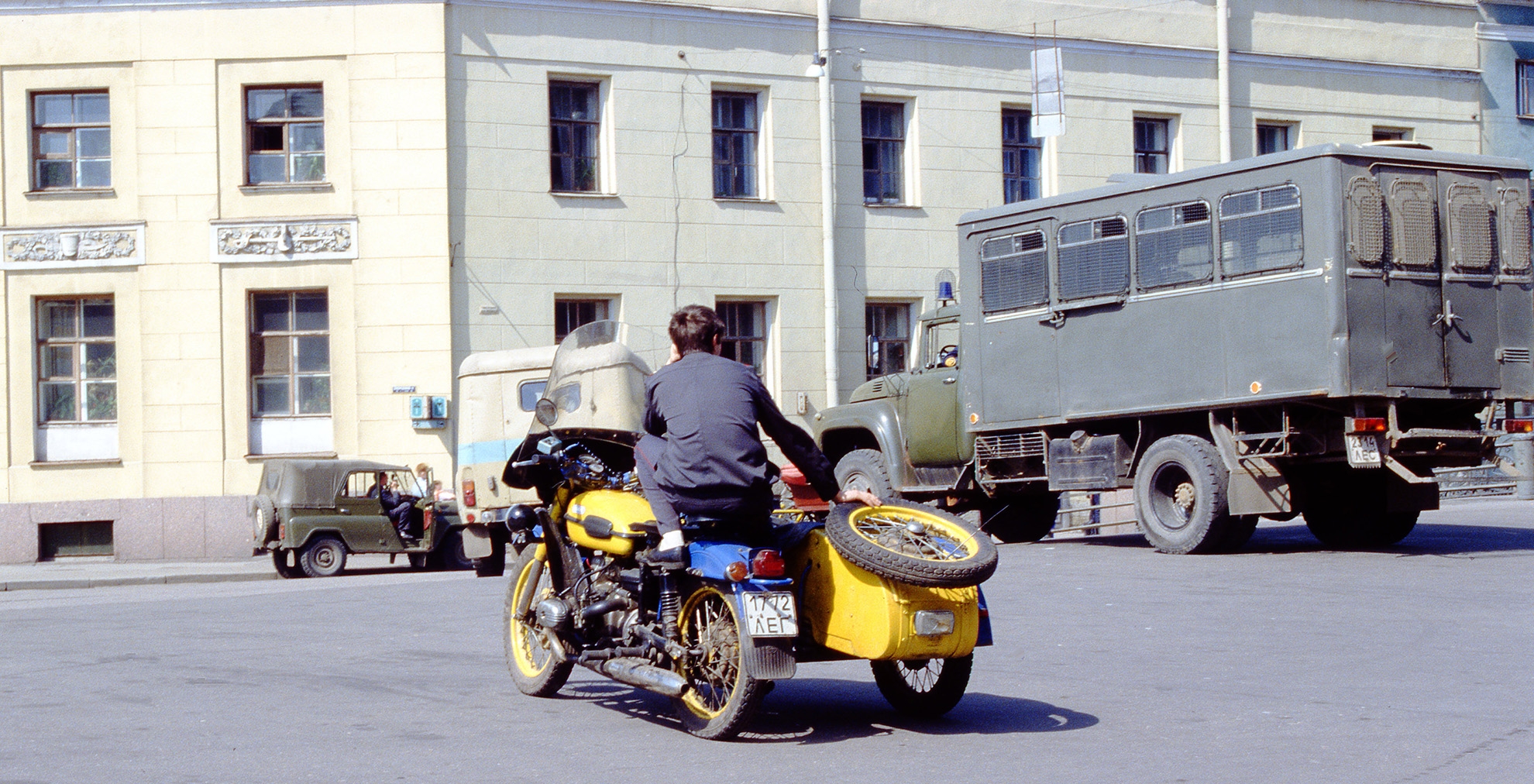Historiography has assigned a very particular understanding to the perestroika project: it is perceived as enacted from above, hinging on the persona of Gorbachev, and a phenomenon to which people reacted rather than forced action upon. This project will instead look at “perestroika from below”.
Juliane Fürst received an Advanced Grant from the European Research Council (ERC) to lead a team of two post-doctoral fellows and two doctoral students, who will explore Soviet people’s thoughts, feelings and actions during the ‘long’ Perestroika of the 1980s and 90s.
The project focuses on the large number of people who participated in the ambitious attempt to redefine the life, history and future of the Soviet Union and its successor states in the 1980s and 1990s. Not all of them were liberal or democratic forces. The project will thus also take a close look at nationalist, religious, and subcultural elements. They were all shaped by the restructuring process and at the same time helped shape it themselves - at times in alignment with, and at times counter to official policy.
Through oral history interviews and other ego-documents as well as archival and published sources, the project intends to reconstruct individuals’ path into the perestroika experience and follow their trajectories into the 1990s. It aims to explore their motivations, thoughts, and actions - not so much in terms of their political orientation, but rather by identifying them as members of emotional and affective communities. In doing so, marginalized groups will be placed at the center of the analysis. In addition, the project aims to focus on the experiences of the Soviet provinces, especially on the non-European periphery.
